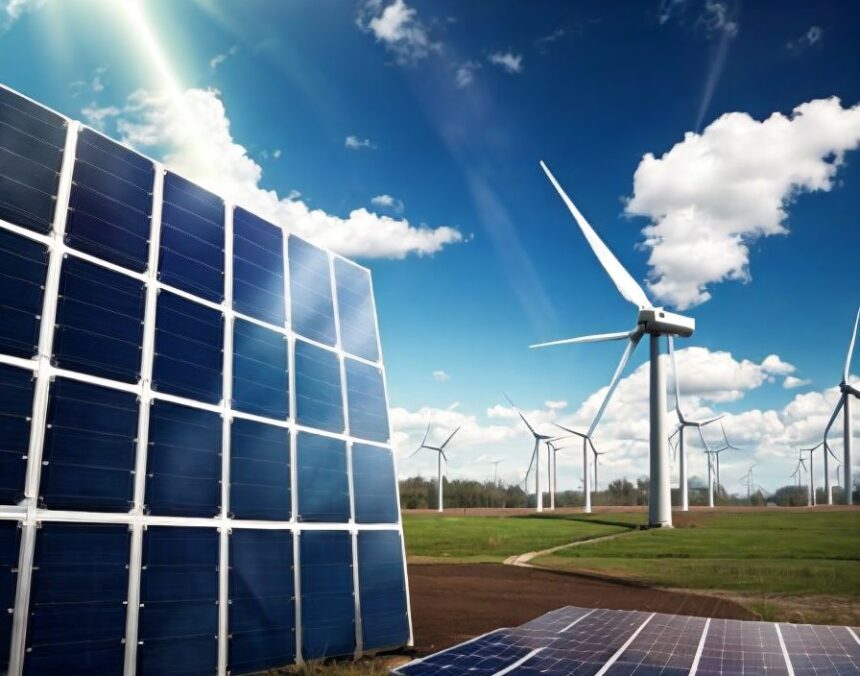Renewable energy projects focus on producing power from resources that are naturally replenished on a human timescale, such as sunlight, wind, rain, tides, waves, and geothermal heat. These projects play a critical role in transitioning the global energy supply towards more sustainable sources, reducing dependence on fossil fuels, and mitigating the impact of climate change. Some of the most prominent renewable energy projects include solar power plants, wind farms, hydroelectric power plants, biomass energy facilities, and geothermal power stations.
Solar Power Projects: These involve installing photovoltaic (PV) panels or concentrating solar power (CSP) systems to capture sunlight and convert it into electricity. Solar projects can range from small, rooftop installations to large, utility-scale solar farms. Innovations in PV materials and manufacturing processes have significantly reduced costs, making solar one of the fastest-growing renewable energy technologies worldwide.
Wind Farm Projects: Wind farms consist of multiple wind turbines installed in areas with high wind speeds to convert kinetic energy from the wind into electrical power. Wind projects can be onshore or offshore, with offshore sites often able to harness stronger, more consistent winds but at higher installation and maintenance costs.
Hydroelectric Projects: These generate power by using a dam or barrage to control water flow and drive turbines with hydraulic force. While large-scale hydroelectric projects can have significant environmental and social impacts, smaller-scale installations, such as run-of-the-river systems, offer more sustainable options for generating renewable energy.
Biomass Energy Projects: Biomass projects utilize organic materials, such as plant waste, wood chips, and agricultural residues, as fuel to produce heat or generate electricity. These projects can help manage waste while producing energy but require careful management to ensure sustainability and minimize emissions.
Geothermal Power Projects: These harness heat from beneath the Earth’s crust, converting it into electricity through steam-driven turbines. Geothermal energy offers a stable, reliable source of power with minimal environmental footprint but is location-dependent, being most viable in areas with high geothermal activity. Renewable energy projects often face technical, economic, and regulatory challenges, including resource variability, power storage, grid integration, initial capital costs, and access to suitable locations. However, ongoing technological advancements and supportive policies are helping overcome these barriers. Energy storage technologies, such as batteries and pumped hydro storage, are improving the reliability of renewable sources by mitigating issues related to intermittent generation. Furthermore, declining costs and increasing efficiency of renewable technologies are making these projects more competitive with traditional fossil fuel sources. The global push towards sustainability, coupled with the urgent need to address climate change, is driving rapid growth in renewable energy projects. Through innovation and investment, renewables are set to play a dominant role in the future energy landscape, providing clean, sustainable power and helping to achieve global environmental goals.
